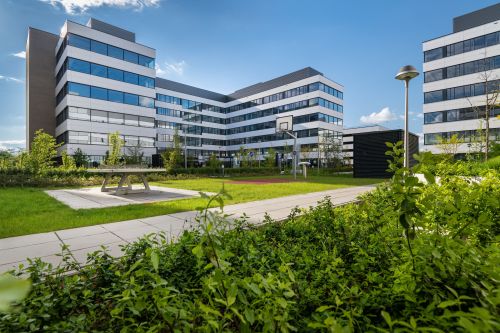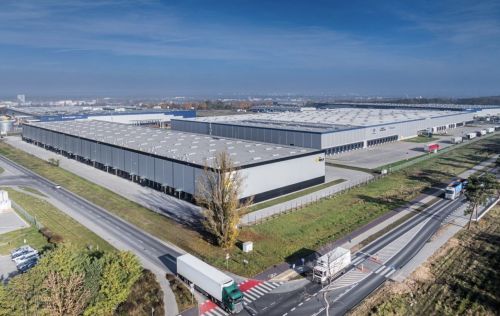The tax revenues of cities are currently much lower than a year ago. Mayors are hoping that the volume of new development does not slump, making the economic situations of their towns and cities much worse. Which projects are going ahead and how will they be financed? Emil Górecki, Gergo Racz and Nathan NorthThe history of Polish municipal authorities in their current form is not long and is in fact only eleven years old – that is, eleven budgets and two crises. The scale of the losses suffered by towns and cities in 2009 was unprecedented. The great majority of them have had to revise their investment plans and consider other sources of funding than tax revenue. Jarosław Kochaniak, the deputy mayor of Warsaw, claims that the city’s investment expenditure for 2009 was, despite the deterioration in the financial situation, higher than in 2008 and the trend will be maintained this year. “We are continui
























































